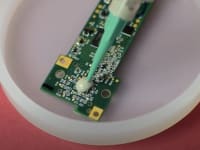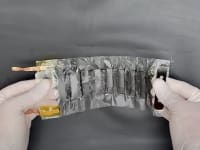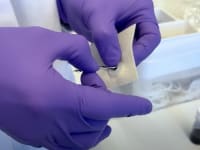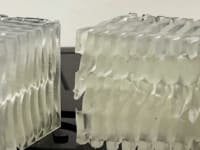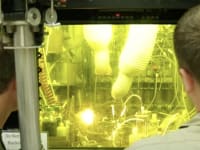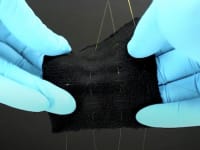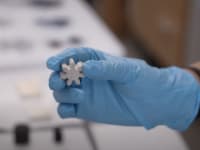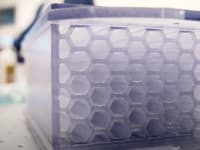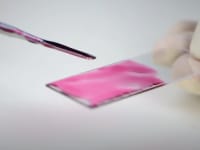Learn what’s trending in the engineering metals used in 3D printing, military, medical devices, automotive, and manufacturing. Find the latest applications that design engineers are using to meet their design challenges.
2025 Holiday Gift Guide for Engineers: Tech, Tools, and Gadgets
Using Street Lamps as EV Chargers
Scientists Create Superconducting Semiconductor Material
This Paint Can Cool Buildings Without Energy Input













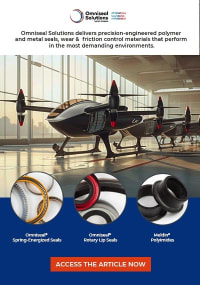










The Real Impact of AR and AI in the Industrial Equipment Industry
Next-Generation Linear and Rotary Stages: When Ultra Precision...
SAE Automotive Engineering Podcast: Additive Manufacturing
A New Approach to Manufacturing Machine Connectivity for the Air Force
Streamlining Manufacturing with Integrated Digital Planning and Simulation
